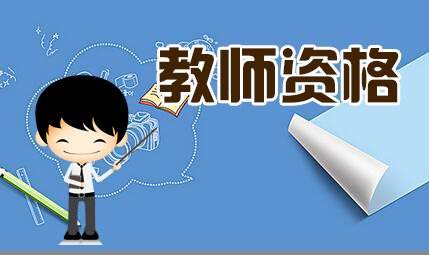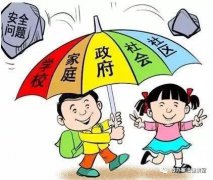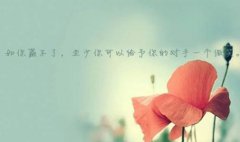英语演讲
Science and TechnologyIn ancient china
英语演讲
Content
1. The history of science and technology 2. Four Great Inventions of Ancient China 3. Fireworks 4. Acupuncture 针灸 5. Chinese Astrology (占星术) 6. Clocks 7. Crossbow 弩 8. Mathematics 9. Metallurgy 冶金业
英语演讲
The history of science and technology
The history of science and technology in China is both long and rich with many contributions to science and technology. In antiquity, ancient Chinese philosophers made significant advances in science, technology, mathematics, and astronomy. The first recorded observations of comets, solar eclipses, and supernovae were made in China. Traditional Chinese medicine, acupuncture and herbal medicine were also practiced. Among the earliest inventions were the abacus(算盘), the "shadow clock," and the first flying machines such as kites and Kongming lanterns. The four Great Inventions of ancient China: the compass, gunpowder, papermaking, and printing, were among the most important technological advances, only known in Europe by the end of the Middle Ages. The Tang Dynasty (AD 618 - 906) in particular, was a time of great innovation. The Jesuit China missions of the 16th and 17th centuries introduced Western science and astronomy, then undergoing its own revolution, to China, and knowledge of Chinese technology was brought to Europe. Much of the early Western work in the history of science in China was done by Joseph Needham.
英语演讲
Four Great Inventions of Ancient China
Paper -- first appeared in the Western Han Dynasty (206BC23AD) In the Eastern Han Dynasty (25-220), a court official named Cai Lun made a new kind of paper from bark, hemp, rags, fishnet, wheat stalks and other materials. Gunpowder, also called black powder, is a mixture of sulfur, charcoal, and potassium nitrate. has been widely used as a propellant in firearms and as a pyrotechnic composition in fireworks. Printing is a process for reproducing text and image, typically with ink on paper using a printing press. By AD 593, woodblock printing was in wide use in China, and the first printed periodical, the Kaiyuan Za Bao was made available in Beijing in AD 713. Compass
英语演讲
蔡伦和纸
英语演讲
印刷术
英语演讲
Compass
Compass - was for religious use. When a new houses was being built, the used it to see if the house was faced in perfect harmony with nature (which meant they thought if you faced your house to magnetic north, you and nature would get along). The compass started out as a wooden circle with markings on it, and a magnetic spoon on top.
英语演讲
Fireworks
These were The fireworks were mainly small bamboo cases filled with gunpowder, and a fuse was put on the side. Fireworks were invented in the T'ang dynasty in the 12th century to scare away evil spirits, as a natural extension of the Chinese invention of gunpowder. Such important events and festivities as Chinese New Year and the Mid-Autumn Moon Festival w
ere and still are times when fireworks are guaranteed sights. China is the largest manufacturer and exporter of fireworks in the world.
英语演讲
Another picture about firework
英语演讲
Acupuncture 针灸
Name: ‘Acupuncture (from Lat. acus, "needle" (noun), and pungere, "prick" (verb) is one of the main branches of Traditional Chinese Medicine (others being herbal medicine and tui na). It is a therapeutic technique from that framework intended to restore health and well-being. Derive: In China, the practice of acupuncture can perhaps be traced as far back as the 1st millennium BC, and archeological evidence has been identified with the period of the Han dynasty (from 202 BC to 220 AD). The practice spread centuries ago into many parts of Asia; in modern times it is a component of traditional Chinese medicine (TCM), and forms of it are also described in the literature of traditional Korean medicine where it is called chimsul. It is also important in Kampo, the traditional medicine system of Japan. Direction: Treatment of acupuncture points may be performed along the twelve main or eight extra meridians, located throughout the body. Ten of the main meridians are named after organs of the body (Heart, Liver, etc.), and the other two are named after so called body functions (Heart Protector or Pericardium, and San Jiao). The two most important of the eight "extra" meridians are situated on the midline of the anterior and posterior aspects of the trunk and head.
英语演讲
英语演讲
英语演讲
Chinese Astrology (占星术)
Chinese astrology is based on the astronomy and traditional calendars. The Chinese astrology does not calculate the positions of the sun, moon and planets at the time of birth. Therefore, there is no astrology in the European sense in China.十二生肖 More than 3,000 years ago, Chinese people invented the 10 Heavenly Stems and 12 Earthly Branches for chronological purposes. These signs are used to designate the hours, days, months and years. However, since most people at that time were illiterate, the signs were difficult to use. Later, to make things easier to memorize, people used animals to symbolize the 12 Earthly Branches. The animals in order are the mouse, ox, tiger, rabbit, dragon, snake, horse, sheep, monkey, rooster, dog and pig. According to one legend, during a Chinese New Year celebration, Buddha invited all the animals to his kingdom, but unfortunately, for reasons only known to the animals, a total of 12 turned up. The mouse was naturally the first, followed by the ox, then the tiger, the rabbit and …… 此处隐藏:3983字,全部文档内容请下载后查看。喜欢就下载吧 ……





